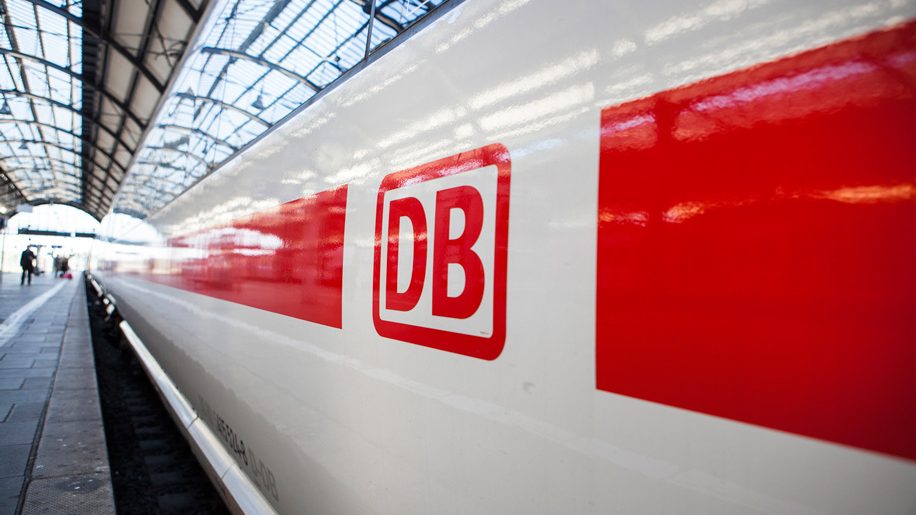Readers will know that I have reported many times about rail-air in Europe.
According to industry publication Railtech, Lufthansa and Deutsche Bahn (Germany’s national rail operator) have increased air-rail services to and from Frankfurt airport by 25 per cent since 2019, which in turn has created more possibilities for travellers.
The expansion is designed to meet increased demand. It also takes the pressure off Frankfurt airport, one of the busiest in Europe. How can rail-air assist Frankfurt?
Simply because if sufficient short journey travellers were to take the train to the airport it would enable airlines to operate fewer feeder flights, which in turn frees up airport capacity.
Rail-air growth to Frankfurt has been helped by Deutsche Bahn’s membership of Star Alliance.
But rail-air does not work well everywhere in Germany.
For starters, Munich (Lufthansa’s second hub) has no mainline rail access (travellers arrive first at Munich Hbf and then must take the S-Bahn to the airport). This is a minus point as Lufthansa is expanding services at its Bavarian hub, where its A380s will be based this summer.
Secondly, readers have told us about the luggage handling issues when using rail-air. Some prefer the convenience of flying from their local airport (in terms of car parking and check-in facilities).
Then we have the situation where airlines are reluctant to outsource their feeder passengers to a third party. Hence the situation in France where, despite some media stating all short flights are banned, these feeder flights into Paris CDG continue as before.
Or the situation with Netherlands’ carrier KLM where, despite it offering rail-air with Thalys, it continues to ply Brussels-Amsterdam (a flight distance of little more than 100 miles) multiple times daily. KLM doesn’t want to upset its corporate users in the Belgian capital.
In fairness to KLM, most of its feed passengers are arriving from outside the Netherlands and so would be using transport modes over which the airline has no control.


